STEPS TO LOTUS CERTIFICATION
(Effective from July 1, 2016, updated August 15, 2023)
Step 1: Choose a suitable evaluation system and feasibility study
Currently, the Vietnam Green Building Council (VGBC) has developed 6 LOTUS programs for 6 different building groups, specifically:
- LOTUS NC v3, for new construction projects with a gross floor area (GFA) of 2,500 m2 or more (both residential and non-residential buildings)
- LOTUS BIO, for projects in operation
- LOTUS Homes, for single housing projects
- LOTUS SB, for small-scale non-residential projects (GFA less than 2500 m2)
- LOTUS Interiors, for interior finishing projects
- LOTUS Small Interiors, for small-scale interior finishing projects (area under 1000 m2)
At the same time as choosing the right LOTUS program, this is also an ideal time for project representatives to set specific green goals for the project (e.g. certification level to achieve, energy saving rate , water or other performance indicators for the building). This is also a good time to approach green consultants for feasibility studies.
Reference: List of experienced green consulting units in Vietnam
Step 2: Register project with VGBC
The Project Representative contacted VGBC to announce their intention to implement the project under LOTUS. VGBC will send the Project Registration Form (can be downloaded from the VGBC website), and prepare the LOTUS Green Building Assessment Contract.
Reference: Fees related to LOTUS Green Building registration and assessment.
Upon successful registration, the Project will receive:
- Issue a PIN (Project Identification Number)
- Post and update information on the LOTUS Project Directory on the VGBC website
- Access the LOTUS Submission File which includes all the necessary forms, folders, and instructions for preparing and submitting applications throughout the LOTUS green building assessment process, such as the Submission File. , LOTUS Management Tools, Calculation Tools (OTTV, Water Saving % Calculation,…), Tutorials on energy simulation, CFD simulation, etc.
- Appoint a VGBC representative to provide guidance, interpretation, and answer questions about LOTUS categories
Step 3: Design and submit Design Documents
In an ideal case, at this stage the project team should have the participation of a green building consultant, and possibly some other consultants on energy, MEP, etc. to coordinate with the architect. in analyzing and selecting design options from the basic design stage. Reasonable passive design solutions and energy simulation tools should be consulted as early as possible.
Step 4: Evaluate Design Documents
Step 5: Construction and submission of Completion Documents
During the construction process, the contractor needs to coordinate closely with the design consulting unit and green building consulting unit to ensure the implementation of green strategies and solutions related to the contractor or borne by the contractor. responsibilities, with clear assignment in collecting evidence and preparing the As-Built Phase Evaluation Document
Step 6: Evaluate As-Built Documents
- The project representative submits the evaluation dossier: the list of necessary documents for the evaluation is clearly stated in each Criteria and Prerequisites in the LOTUS Technical Manual. The project team should gather all documents into a complete set before submitting to VGBC
- Quickly check the submitted documents: to ensure that the submitted documents are complete before VGBC goes into detailed assessment. VGBC will request the Project Representative to provide additional necessary evidence, explanations or grounds.
- Appoint LOTUS assessment experts: VGBC will establish an assessment committee for the project (Project Assessment Review – PAC) to be in charge of evaluating the project’s submission according to the requirements in the Technical Instructions LOTUS. The PAC will include a VGBC Project Manager, VGBC technical experts and independent external experts.
- Feedback on project documents: PAC’s evaluation opinions will be forwarded to the Project Representative, especially for criteria that have not been met and need additional documents. During this phase, PAC members may conduct a site visit to the project.
- The draft Assessment Report was prepared by PAC and submitted to the LOTUS Review Committee for review and confirmation.
- Return of results: The Full Assessment Report will be returned by VGBC within 8 weeks from the date of submission of the complete application. The Project Representative will send confirmation of acceptance of the assessment results or request for review (appeal). The request for review should be submitted within 30 days of receipt of the Formal Evaluation Report. Additional submissions need to demonstrate that the criteria or prerequisites have been achieved in practice. Review requests will be reviewed by PAC and responded to within 8 weeks.

 Tiếng Việt
Tiếng Việt
